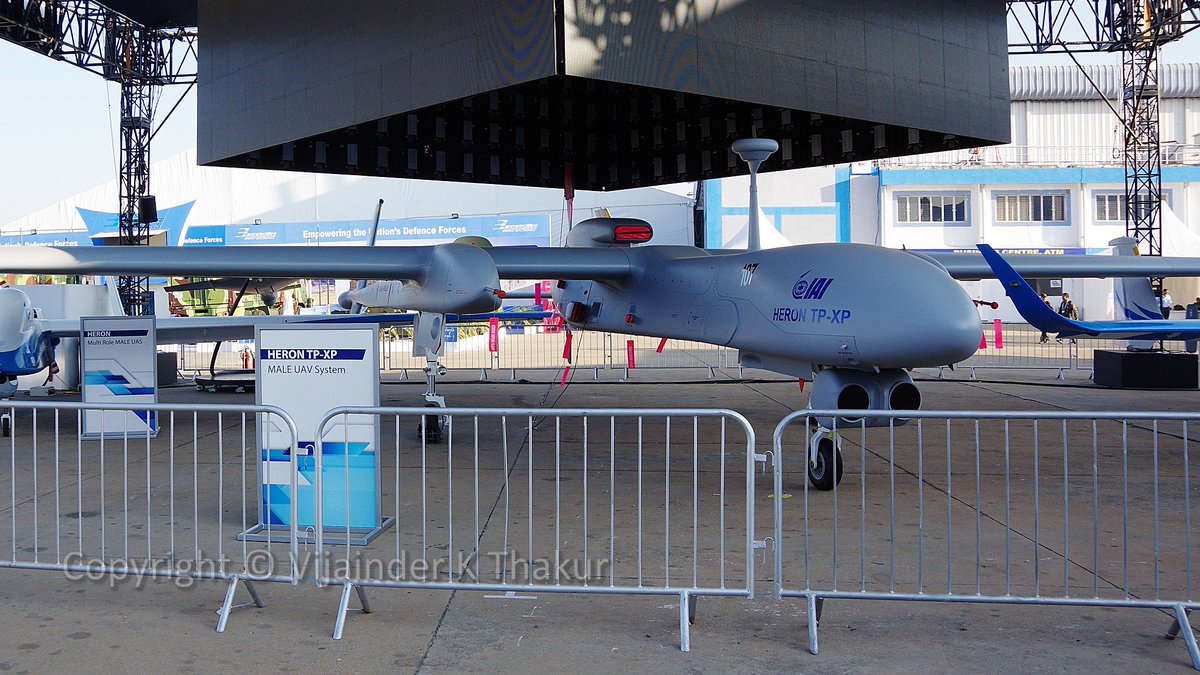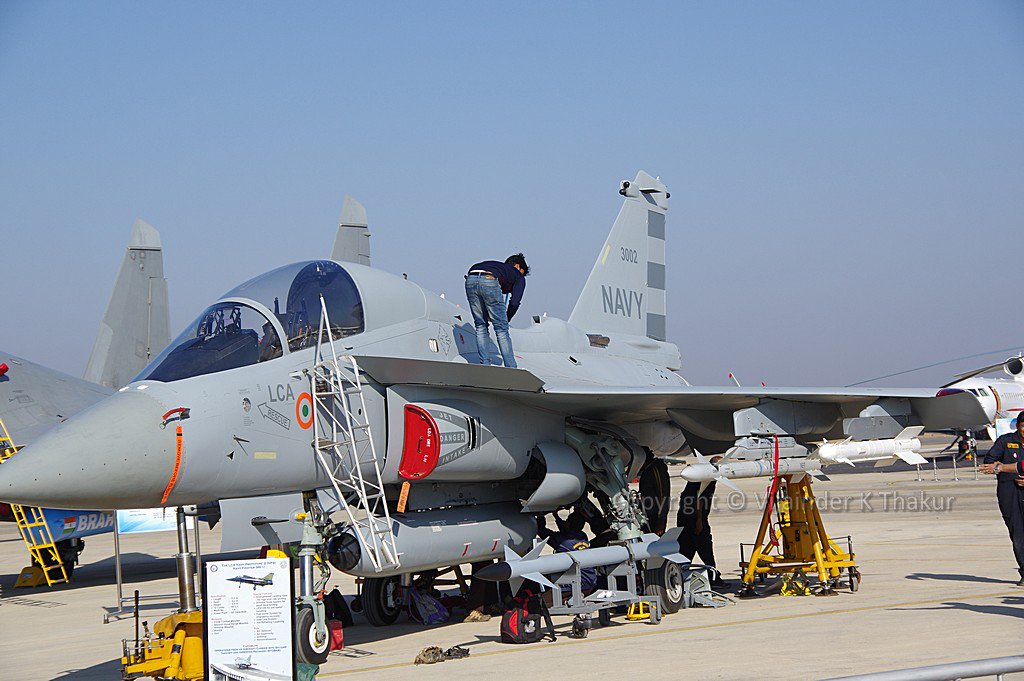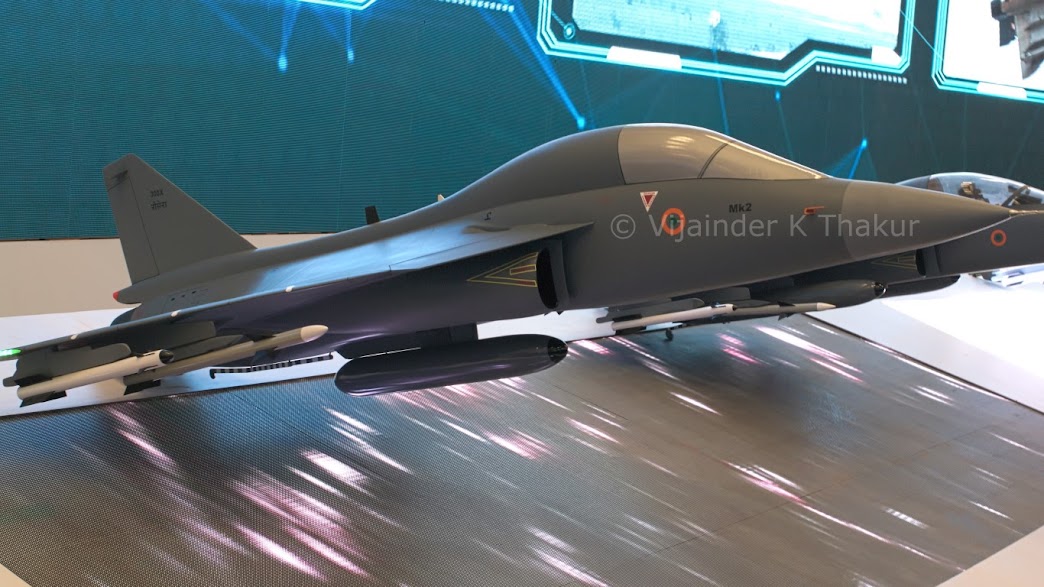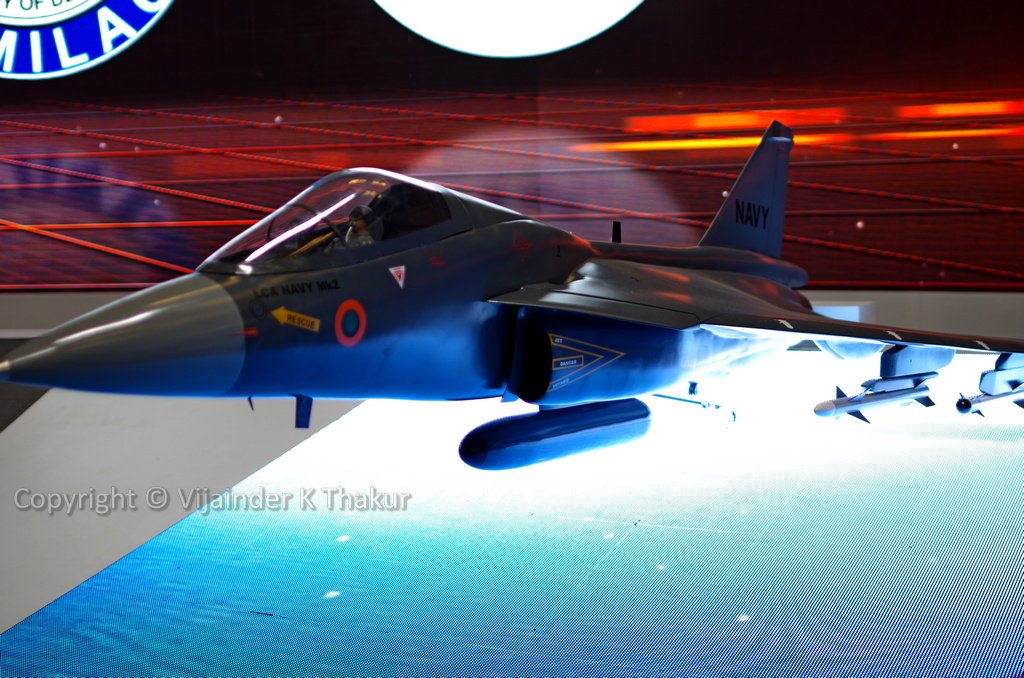Twitter image posted by @BuddyPixy
A recent report in the ToI titled 'Fifth Generation Fighter deal. Can India cancel it?' suggests that the IAF has serious reservations about going ahead with the FGFA deal.
The report quotes unnamed serving IAF officers as saying that the RCS of the Su-57, on which the FGFA would be based, does not have an RCS comparable with the F-35, the Su-57 engine is not modular, and the cost of operating Russian aircraft is exorbitant.
(Note: Serving IAF officers are not authorized to speak to the press, which justifies the anonymity of the sources quoted by the report. However, anonymity also raises the possibility of fabrication.)
All the three points raised by the anonymous IAF sources are dubious.
RCS Comparison
The RCS comparison in the report is simplistic. RCS varies with the aspect of the aircraft (front, side, rear) and the frequency of the RF energy used by adversary radar. According to open source, western figures Su-57 RCS varies from 1.0 sqm to 0.5 sqm while the RCS for the F-35 is very impressively in the range of 0.0001 sqm to 0.0015 sqm! (The report wrongly quotes the F-35 RCS as being 0.2m.)What the report does not mention is that the Su-57 features 2 L-band radars in the leading edge root extension (LEX) of its wings.
L-Band radars are more effective against Low Observable (LO) targets than X-Band radars typically fitted on fighters including the F-35. However, because of their longer wavelengths. L-Band radars feature reduced resolution. The combination of L-Band and X-Band, supported by good algorithms to fuse the target returns, can significantly reduce the effectiveness of LO shaping. In other words, the Su-57 could conceivably detect an F-35 as easily as an F-35 can detect a Su-57, their vastly differing RCS notwithstanding.
In clear weather, the effectiveness of the X and L band radar combine would be further increased by the fusing of Su-57 IRST readouts. (Russian IRSTs are known to be very capable.)
Survivability in Contested Airspace
Another important factor to keep in mind is that LO shaping is a means not a goal. The goal is survivability in contested airspace. Air Forces want a fighter that can operate in heavily defended adversary airspace without being easily shot down.Contested airspace survivability comes from a combination of LO, Electronic Warfare (EW), and Self Protection Suit.
LO shaping makes it difficult for airborne and ground radars to continuously 'see' the adversary, EW spoofs (generates false returns) and blinds airborne and ground radars making it difficult for them to guide surface-to-air missiles, and a Self Protection Suit blinds or confuses the IR or RF seekers fitted on air-to-air and surface-to-air missile
Russian EW capabilities are good. The Su-57 will extensively use them to spoof adversary radar.
Boeing F/A-18E/F
As part of the service life extension program for the F/A-18E/F, Boeing is introducing modifications that will make the aircraft more stealthy.
Boeing F/A-18 and EA-18 program manager Dan Gillian says the aim of the F/A-18E/F modifications is to make the aircraft "stealthy enough in a balanced survivable way to be effective."
“The F-35 is a stealthier airplane, but we have a balanced approach to survivability, including electronic warfare and self-protection."
Like the proposed F/A-18E/F, the Su-57 takes a more balanced approach to survivability.
FGFA Engine
The Su-57 currently features the AL-41F1 engine, The production variant of the aircraft would be fitted with the Product 30 engine which is 30% lighter, features improved thrust (19,000 kgf vs. 15,000 kgf), has better fuel efficiency and fewer moving parts resulting in improved reliability and 30% lower life-cycle cost.
The extent of modularity of the Product 30 engine is not known. However, like LO, modularity is a means not a goal. The engine has less moving parts and is hence more reliable.
The Product 30 engine is still on the test bench. Any comments on the extent of its modularity would be highly speculative.
Operating Costs
Russia chose to make the Su-57 less stealthy than its western analogs because it wanted to reduce operating costs! Any suggestion that operating costs of the Su-57 would be higher than those of the F-35 would not just stretch the truth, but also the imagination!
Conclusion
What I have stated above was part of my response to a request for comments on the ToI report from an online publication. The publication quoted just my comments on the FGFA engine (after introducing a grammatical error.) The comment was picked up by other news outlets including The Drive. Indeed, The Drive Warzone goes on to build a case for the IAF to drop the FGFA and opt for the F-35 instead! Which makes me wonder? Was that the original intent of the ToI article?
I also believe that neither Russia nor the US is going to part with its frontline stealth technology and any F-35 purchase is going to come with more strings than the babus in MoD or the Air Marshals in Vayu Bhavan could count in the days preceding their retirement.




.jpg)
